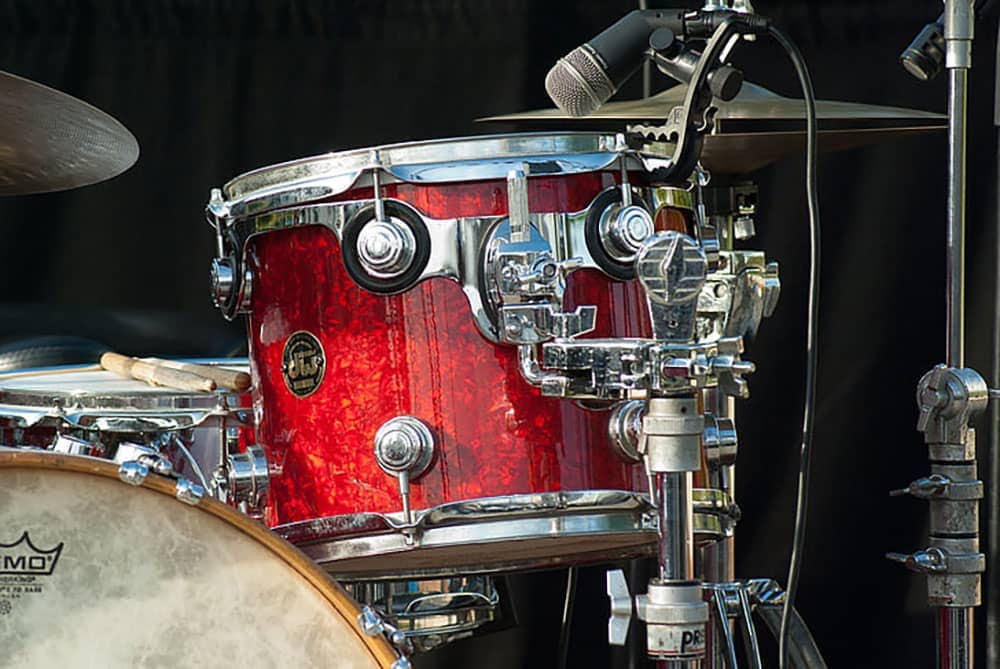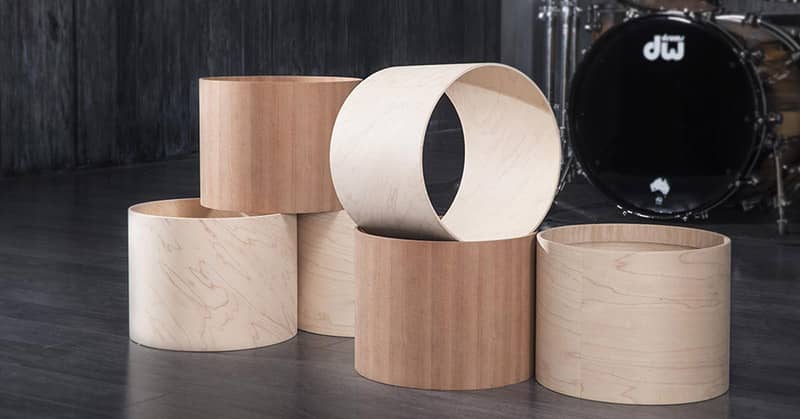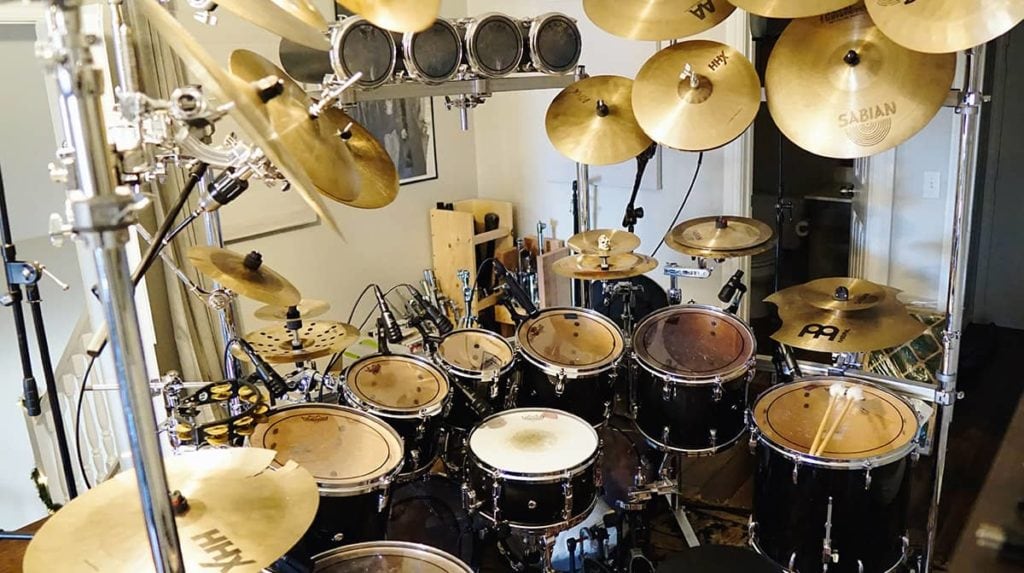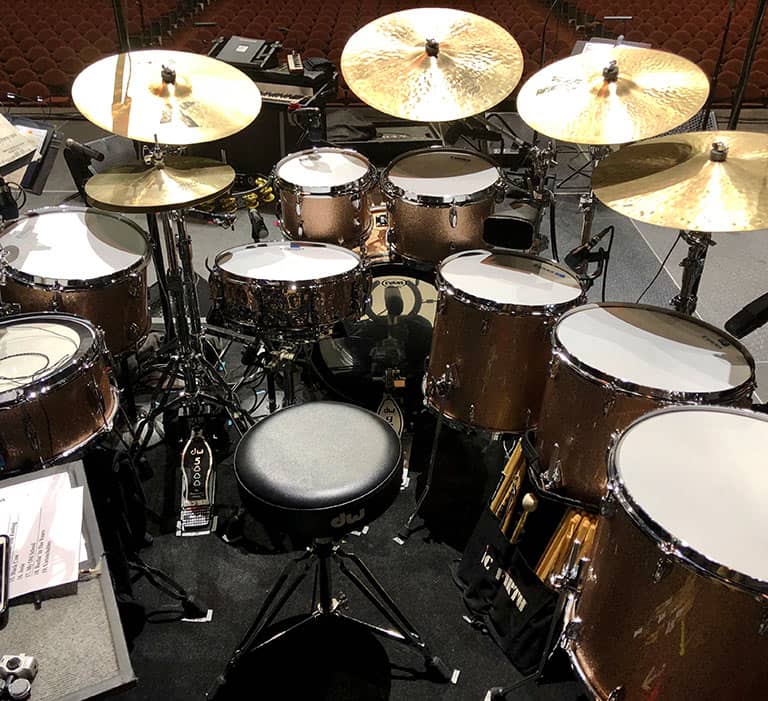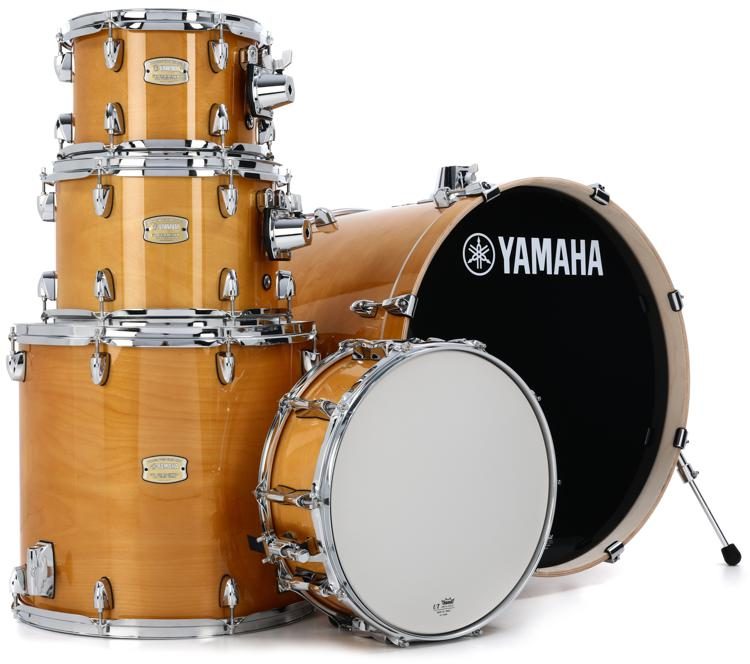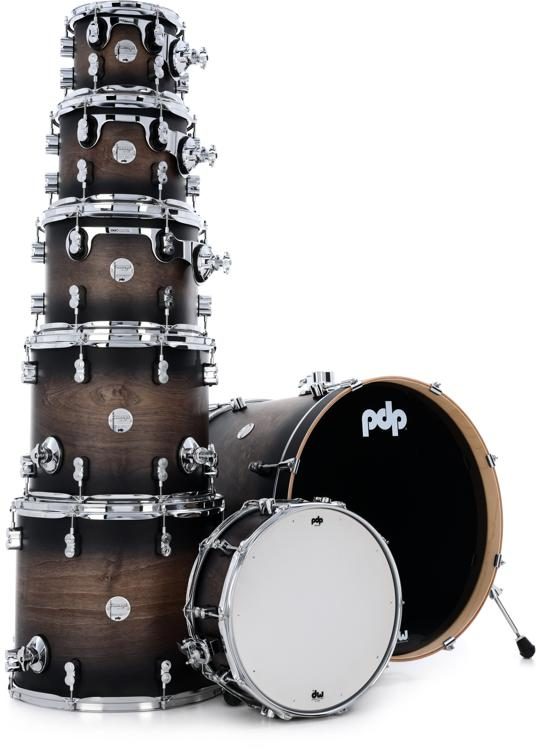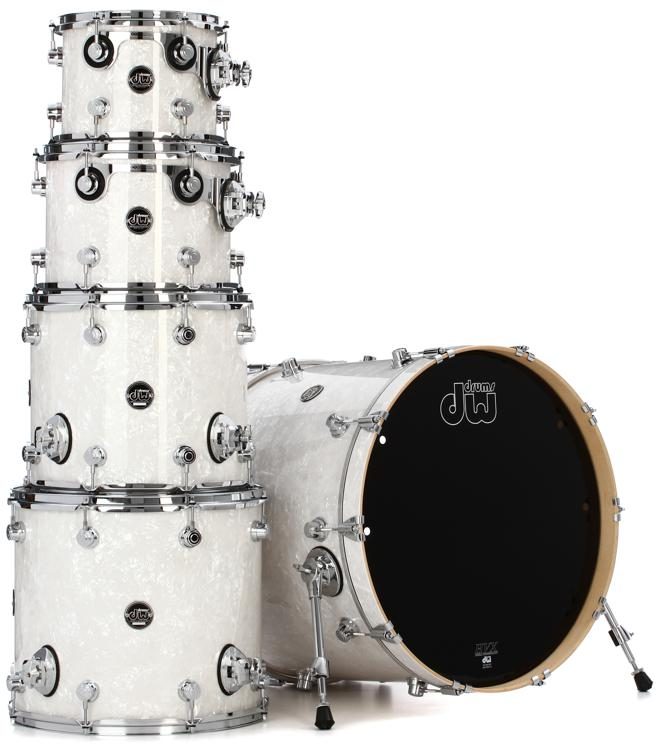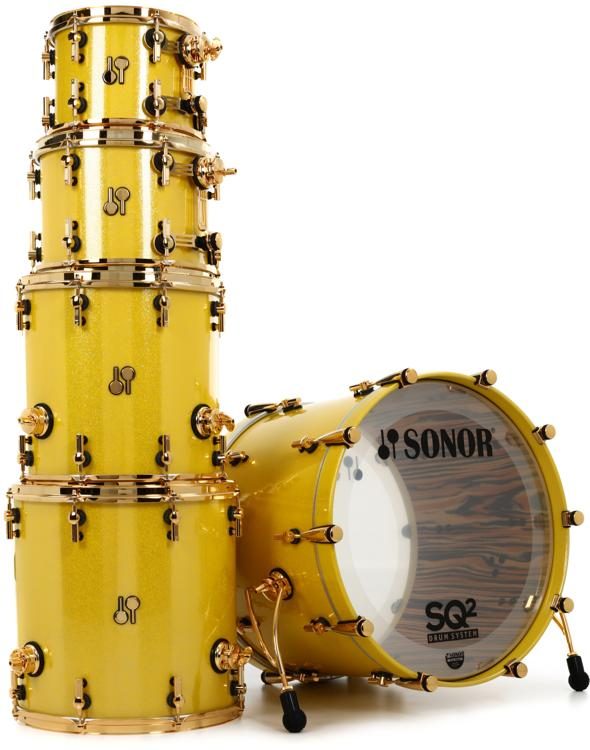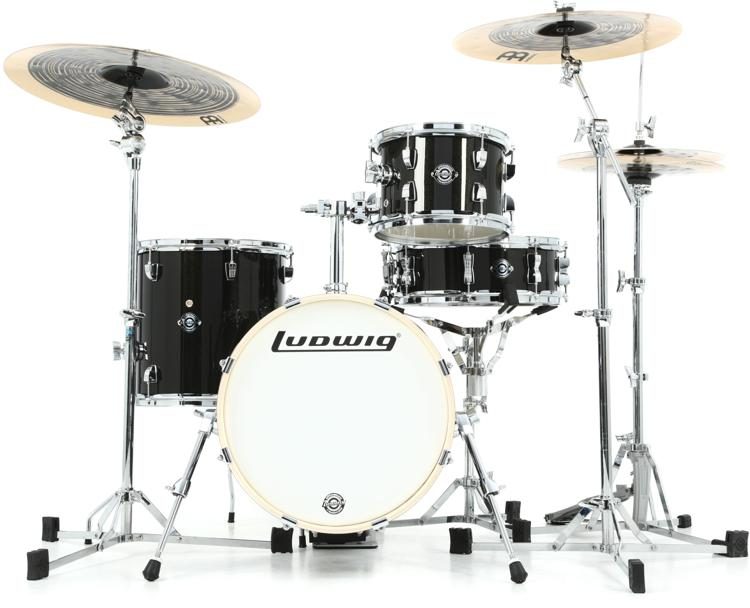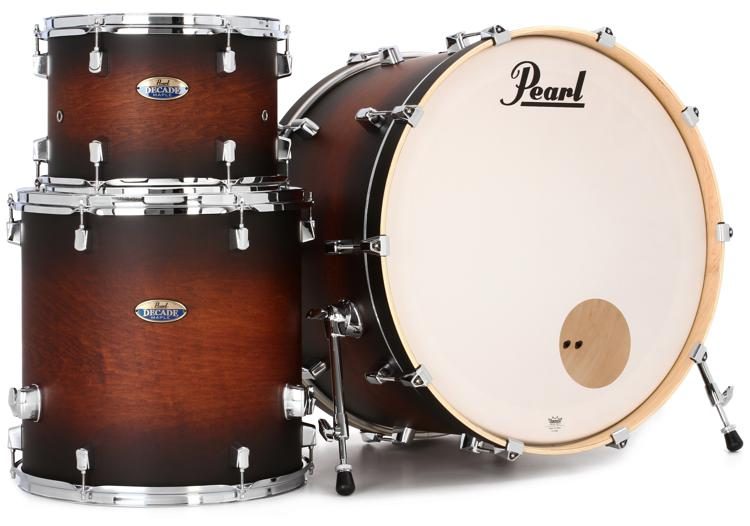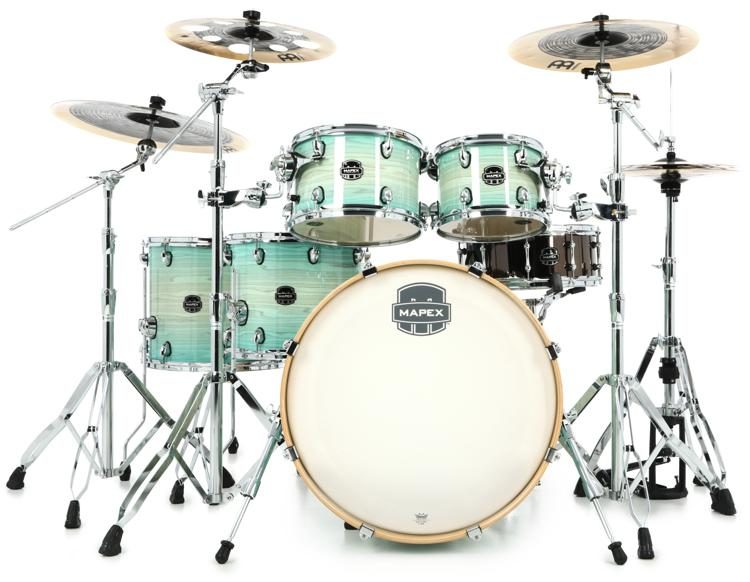Do drum shells make a difference?
Absolutely! The material, construction, and thickness of a drum shell significantly affect the drum’s sound. Each type of material — be it wood, metal, or acrylic — imparts unique sonic characteristics. For example, birch wood shells offer a bright and cutting sound with a reduced low-end, while steel shells provide a bright, aggressive sound ideal for louder music genres. Additionally, the construction and thickness can affect the resonance, sustain, and overall tonal quality of the drum. In essence, the drum shell is a critical component in shaping the drum’s sound.
What is the difference between a drum kit and a drum set?
The terms “drum kit” and “drum set” are often used interchangeably. However, a subtle distinction can be made. A drum set usually refers to the combination of drums only — this might be a shell pack, which includes the drum “shells” themselves, such as the kick drum, snare drum, and toms. On the other hand, a drum kit often refers to a complete setup, including not just the drums but also the cymbals, hardware, pedals, and sometimes even the drum throne. Therefore, while both terms refer to a collection of percussion instruments played by a single drummer, a drum kit generally implies a more inclusive setup.
How long do drum shells last?
Drum shells can last for decades with proper care and maintenance, regardless of their material. Factors that can impact the lifespan of drum shells include the quality of the material and construction, environmental conditions (like humidity and temperature), and how often and aggressively they are played. Regular maintenance, such as proper tuning, cleaning, and avoiding extreme environmental conditions, can extend their lifespan. Even when drum heads need replacement due to wear and tear, the shells themselves, if well maintained, can serve a drummer well for a lifetime.

